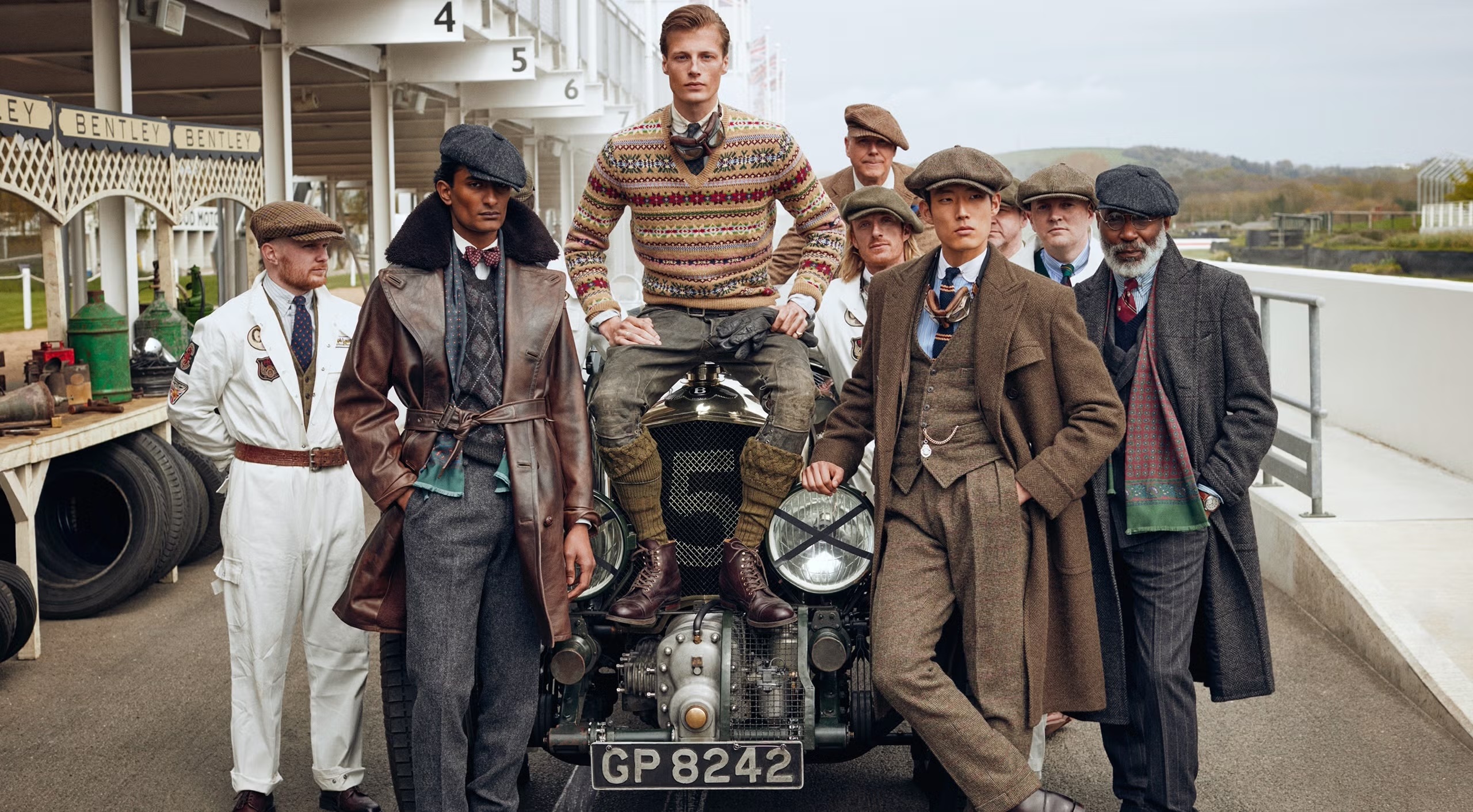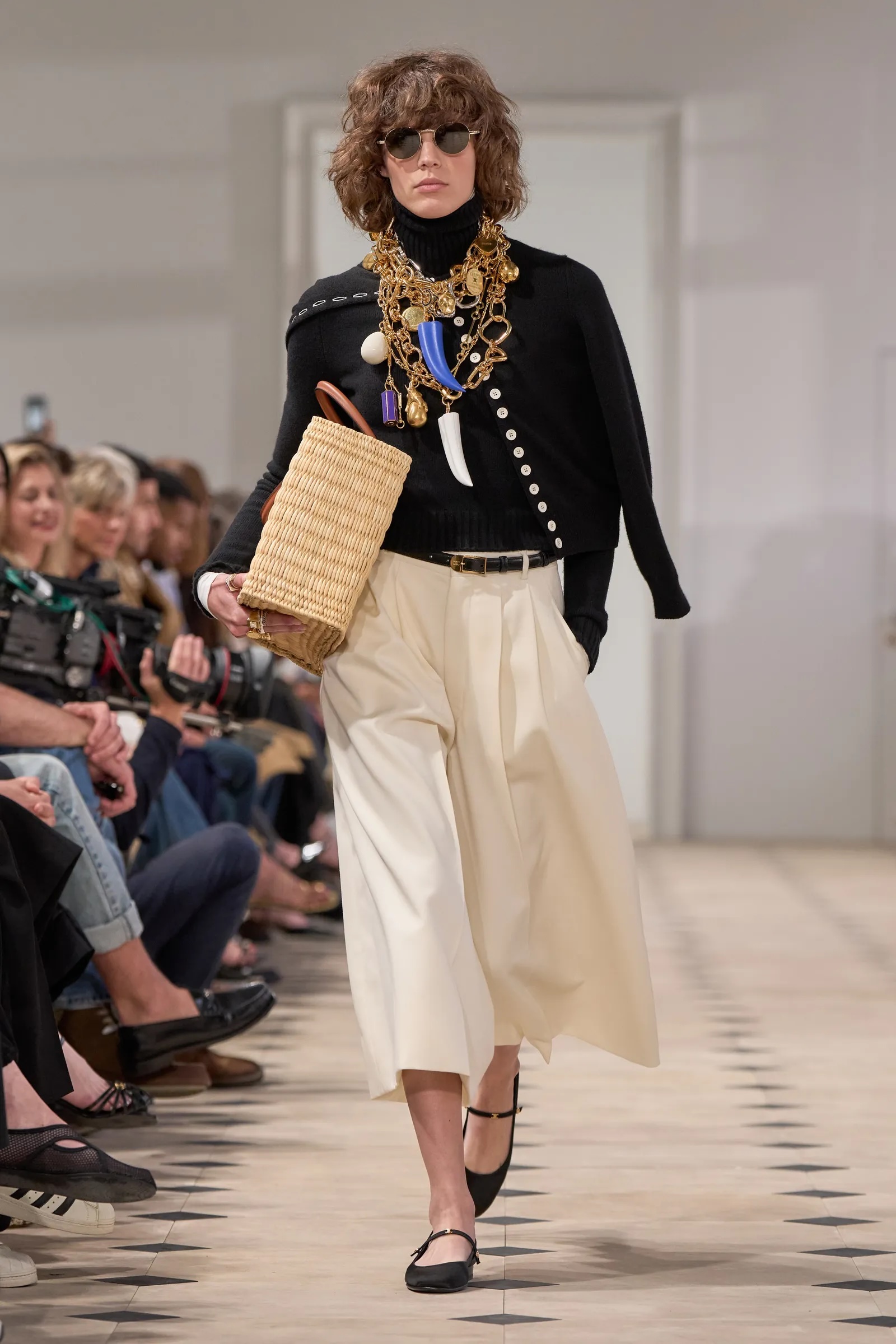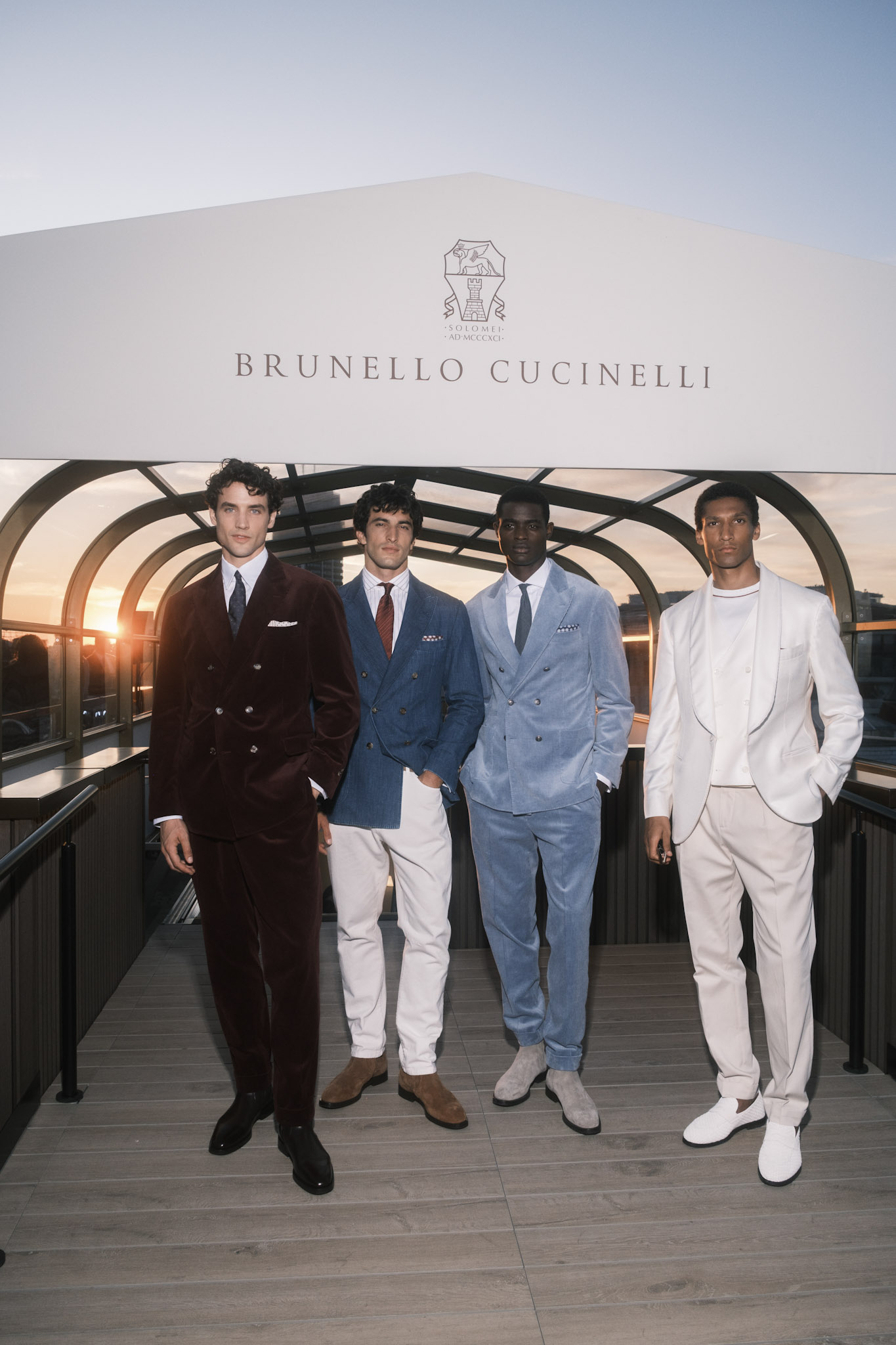What everyone is talking about this week: This season's fashion is in an (Ivy) league of its own — just don't call it preppy
Week in, week out, Will Hosie rounds up the hottest topics on everyone's lips, in London and beyond.


Fashion is a fickle mistress. If, we are told to believe, trends change and style endures, it seems that trends take appellations with them. Take, for instance, the word preppy. We do not use it anymore because of what it connotes: wealth, elitism, a private education, emblematised by brands such as Brooks Brothers and Ralph Lauren. Polo shirts, boater shoes, expensive knitwear: it’s the sort of style that’s synonymous with the Hamptons and an inherited country club membership.
Preppy’s beginnings can be traced back to Ivy League preparatory schools in the interwar period (hence, the name) and it has ebbed and flowed ever since, surviving through hippie, disco and grunge eras to ultimately define what we know as the American style. Like most things American, it has spread far and wide: the recent menswear collections presented in Paris and Milan, for example, revealed a renewed interest in the preppy uniform — and a desire from fashion’s top creative minds to revive it for 2025.
Today’s articulations of preppy style, however numerous, eschew what is seen as an unfavourable label. The latest renaming effort is a double whammy: ‘intelligent dressing’. And so Jonathan Anderson kicked off his tenure at Dior with a catalogue of literary bags, inspired by the classic covers of Bram Stoker’s Dracula and Charles Baudelaire’s Les Fleurs Du Mal. His debut collection gave preppy style an erudite makeover, nodding to Jean-Michel Basquiat’s signature take on ties — half of which he wore on top of his shirt collar rather than underneath. It is a look that feels at once thoughtless and thoughtful, seemingly thrown together in a hurry, yet actually studied and curated — much like the prep school teenagers who gave rise to preppy in the first place.

The talk of the town, meanwhile, has been Michael Rider’s debut for Celine (above), which paired preppy hallmarks such as ballet flats with oversized rugby shirts. It’s a look that says: ‘I care too much about what I’m reading at the moment to worry about whether my clothes fit me.’
Preppy by any other name would smell as sweet, although perhaps it wouldn’t seem so clever. Modern logos are being cast out in favour of their older incarnations (see every Nike-sponsored Wimbledon player sporting t-shirts adorned with the vintage NikeCourt patch symbol). Boating shoes, too, are making a comeback. If preppiness often feels nostalgic (see black and white images of the Kennedys summering in Cape Cod), that’s because it’s one of those wonderfully accessible styles that’s always ripe for reinvention.
It is somewhat inevitable, in times of financial and political crisis, to look back on the past through rose-tinted glasses. That could be why we are more willing to gloss over preppy’s unsavoury associations (the Brooks Brothers’ riot of 2001) than we might have been a decade ago. Yet to view the preppy renaissance purely through the lens of nostalgia would be to undermine other elements at play in its resurgence. Preppy, at its core, is simple: it’s about reaching for an old sweater in grandpa’s closet and tossing it on with a pair of linen trousers. No wonder, then, that it’s found such success with Gen Z: it’s a cut-through to sustainable clothing.
A photo posted by on
Perhaps no label has benefited from this more than American apparel specialist, J. Crew. After filing for bankruptcy protection in 2020, the firm has experienced a comeback at the hands of a generation with whom its adverts (of Kennedy-inspired golden youths summering on the East Coast of the USA) have strongly resonated.
Exquisite houses, the beauty of Nature, and how to get the most from your life, straight to your inbox.
If preppy is now finding success on European catwalks, it might also be because the style’s original iteration took its cues from our continent. American prep schools — and universities — were modelled off their older, British counterparts; while Ralph Lauren, preppy’s cheerleader-in-chief, has made a career of adapting the classic English uniform for the American market.

Call it intelligent clothing if you so wish. In any case, the preppy revival is welcome news for labels such as Brunello Cucinelli, who’ve long stuck to creating timeless clothing for the 0.1%; the brand has just announced their latest partnership with Harrods, titled The Perfect Match (above), and British stalwart Dunhill, which has just become the official outfitter of the London Symphony Orchestra and recently sent models down the runway for its Spring/Summer 2026 with the preppiest accessory of all: a dog.
Will Hosie is Country Life's Lifestyle Editor and a contributor to A Rabbit's Foot and Semaine. He also edits the Substack @gauchemagazine. He not so secretly thinks Stanely Tucci should've won an Oscar for his role in The Devil Wears Prada.
